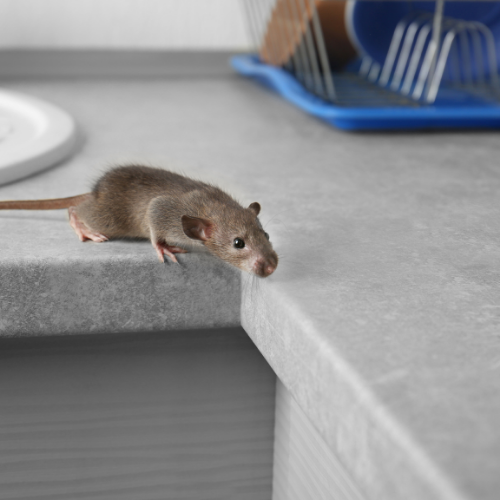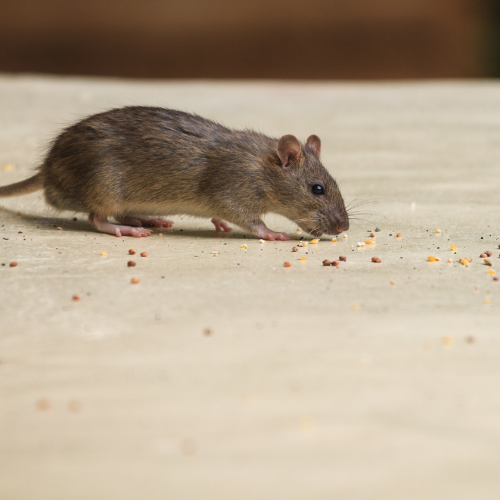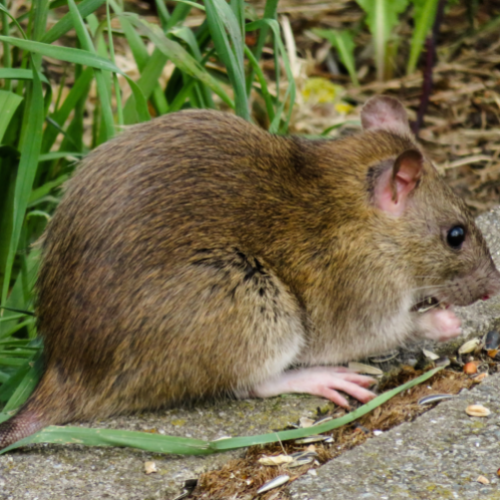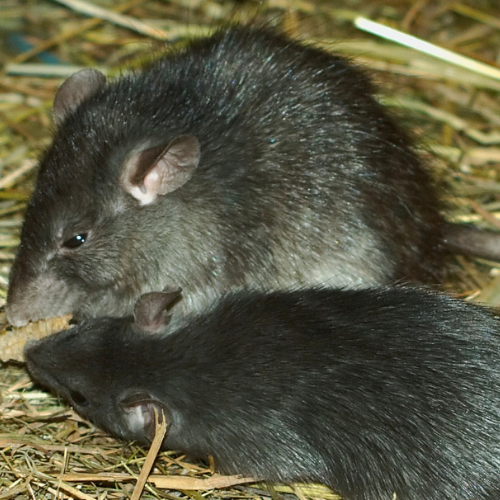
What do you call a rodent that steals your dessert? A pie-rat
What do you get when you mix a rat and an elephant? Who cares….it’s a relaphant.
RATS AND MICE IN ALABAMA
Rats and mice are serious pests in urban, suburban, and rural areas. In the state of Alabama, the 3 most common rodents we deal with are the house mouse, the Norway rat, and the roof rat. Domestic rodents are nocturnal and have keen senses of smell, touch, and hearing. They also can run, jump, and swim like Olympians, they really are incredible little animals. Fortunately, they do have poor vision and are colorblind, which helps Prowess control their populations in and around homes.
Both mice and rats have two pairs of incisor teeth allowing them to gnaw and chew through electrical wires causing damage and potentially causing fire hazards. They can damage and stain both food and nonfood products in and around the home. They are particularly damaging to stored paper, bedding, and clothing while gathering nesting material.
Mice and rats eat almost everything pets and people eat but they contaminate those foods more than they consume. The primary way they contaminate is through defecating wherever they travel. Rodent urine and droppings are concentrated where they feed. If a rodent contaminates any food, either pet or human, it must be destroyed or thrown out.
Rats and mice are often carriers of parasites and disease organisms. No one wants to discover droppings or urine anywhere in their home.
HOUSE MOUSE
A typical house mouse is gray to light brown in color with a light-colored belly. They are around 3 inches from their nose to the base of their tail and have a tail length ranging from 2-4 inches.
Fully grown house mice have large ears compared to the size of their body. Oftentimes you won’t see the actual mouse, but you will find their droppings. Adult house mouse droppings are 1/8 to ¼ of an inch long similar in size to a grain of rice. Although house mice eat many of the same foods as people and pets, they do prefer cereals. They will feed 15-20 times a day eating small amounts each time.
Mice need very little water to survive, typically getting the needed moisture from their food. They will drink water when it’s available.
House mice are very curious and will try new foods in their environment and investigate new objects in their home ranges. A house mouse’s home range is typically 10-20 ft. They will set up the home range based on the location of the nest, which is typically made from soft materials.
Female house mice are capable of breeding again 3 to 6 weeks after giving birth and produce an average of six to eight litters a year.
Each of those litters produces six to eight babies and each of those babies reach sexual maturity in 35 days.


NORWAY RAT
The Norway rat is identified by having a large body with a blunted nose and small ears. Adults can be between 7 and 10 inches long in their bodies, and their scaly tails are always shorter than their bodies. Adult Norway rat droppings are up to ¾ of an inch long and like the Norway rat nose it’s blunted on the ends. The Norway rat is the most common rat within the United States and is larger and stronger than most other types of rats.
All rats are neophobic meaning they are suspicious of any new object in their home range. A typical home range of a rat is 100-150 feet from their nest.
Norway rats typically hoard food and rely on water every single day, typically nesting near a water source. Once Norway rats establish a safe and reliable food source they will return often. Norway rats have a life span of 6-12 months, and their young will be sexually mature in 2-5 months. Adult Norway rats can breed as often as once a month with the female having six to eight babies per litter and three to six litters a year.
ROOF RATS
Roof rats range in size between 6 and 8 inches with a naked tail that is longer than their bodies. They have pointed noses, large ears, and their droppings are ½ inch long with pointed ends. Roof rats are excellent climbers and often build nests up high both inside and outside of buildings. Like the Norway rat they hoard food, need water daily, and are very suspicious of anything new in their 150 foot home range. Roof rats have a life span of eight to twelve months and their young usually sexually mature by 5 months. Females can breed once a month and have litters typically with 6 to 8 babies and 4 to 6 litters in a lifetime.


